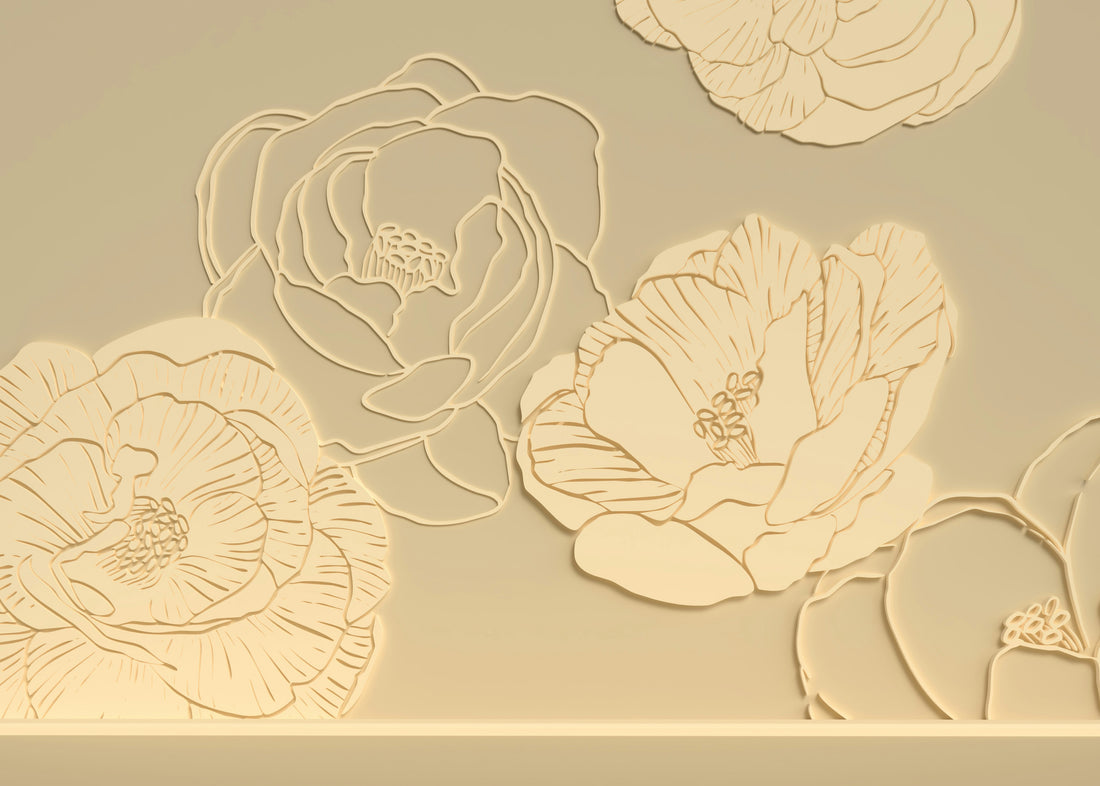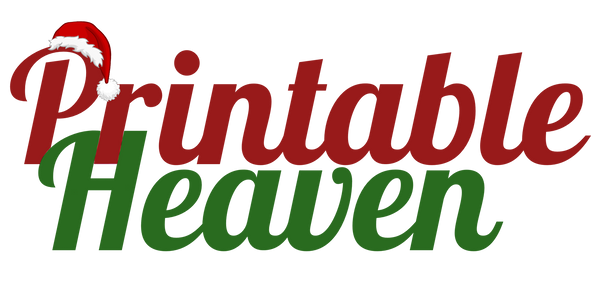
Textures & Toppers: Embossing Folders & Tools in Card-making
Share
Embossing a design onto your craft projects - particularly cards - can add a unique flair, and elevate your work to shop-shelf quality. But what exactly is embossing, and how do you make use of these tools to do it?
"Embossing" refers to a crafting technique that results in a raised, three-dimensional texture, something you may have seen on plaques, garments, or, in this case, cards.

Typically, embossing is achieved through a process called "heat embossing", whereby an image is stamped onto material using embossing ink, and then heat is applied to melt the ink and create the desired "raised" texture. The same effect is achieved using embossing folders, though the technique is referred to as "dry embossing", where the material itself is raised. The effect is achieved by placing the material inside the plastic folder, which is placed inside an embossing machine. The pressure from the embossing machine then transfers the design on the folder to the material, resulting in the "raised" appearance.
Now, there are plenty of ways you can use embossing in your crafting projects. Check out some of our suggestions below, and have a look at our embossing tools here!
1). Add Colour! Embossed designs don't just have to remain the same colour as the card you're using. You can use dye inks to add a whole new dimension to the design.
2). Scrapbooking. Embossing isn't just a technique reserved for cards and envelopes; there are plenty of other paper-based items you can emboss on. A great use for embossing is inside a scrapbook. It can make for some great looking backgrounds and embellishments!
3). Sanding. Did you know you can apply sandpaper to an embossed design to give it a more homespun appearance? Give it a try, just don't go overboard!
4). Create an embossed border. You can use embossing folders and similar tools to make emboss borders onto card, and really elevate a simple design!
